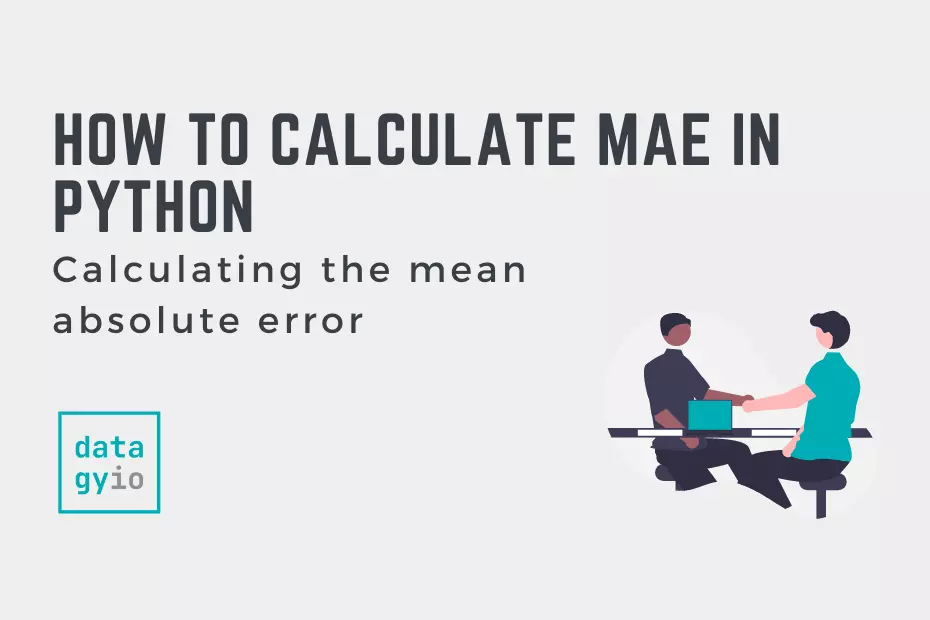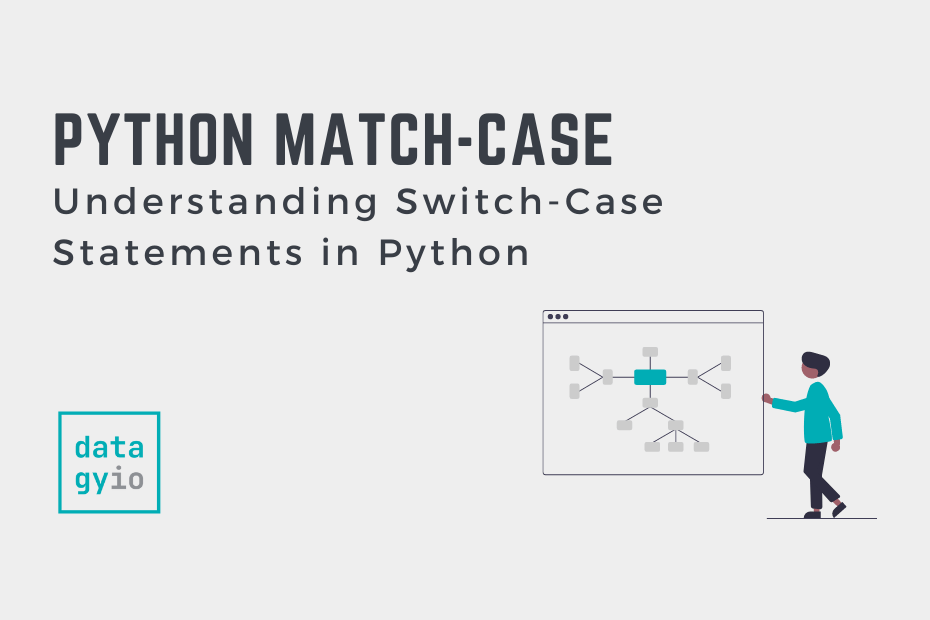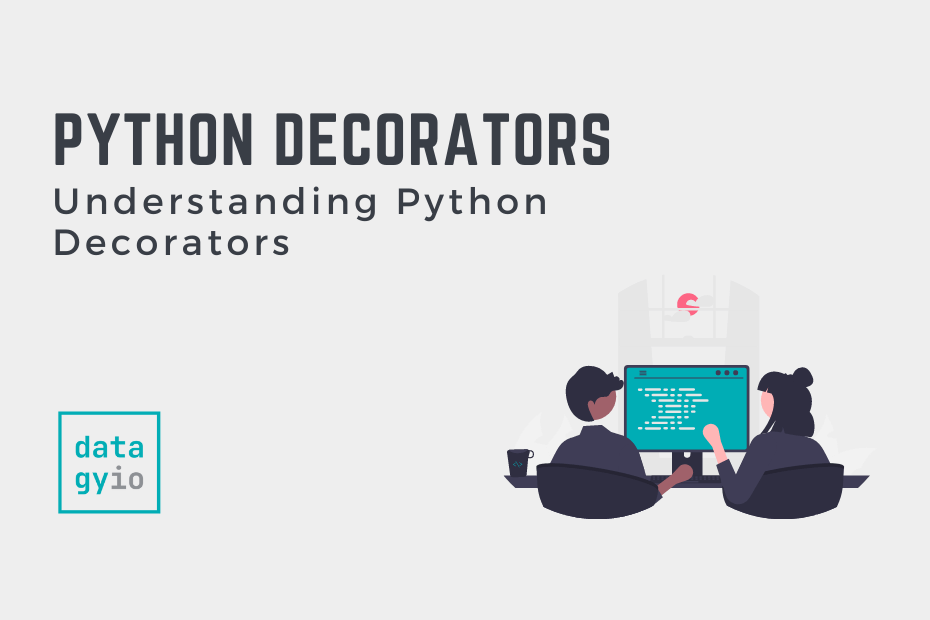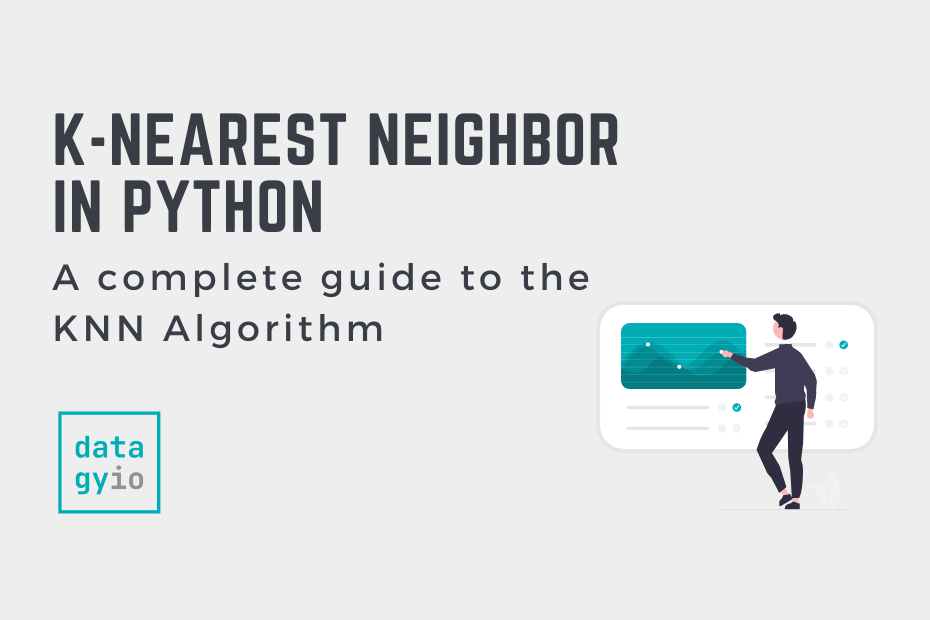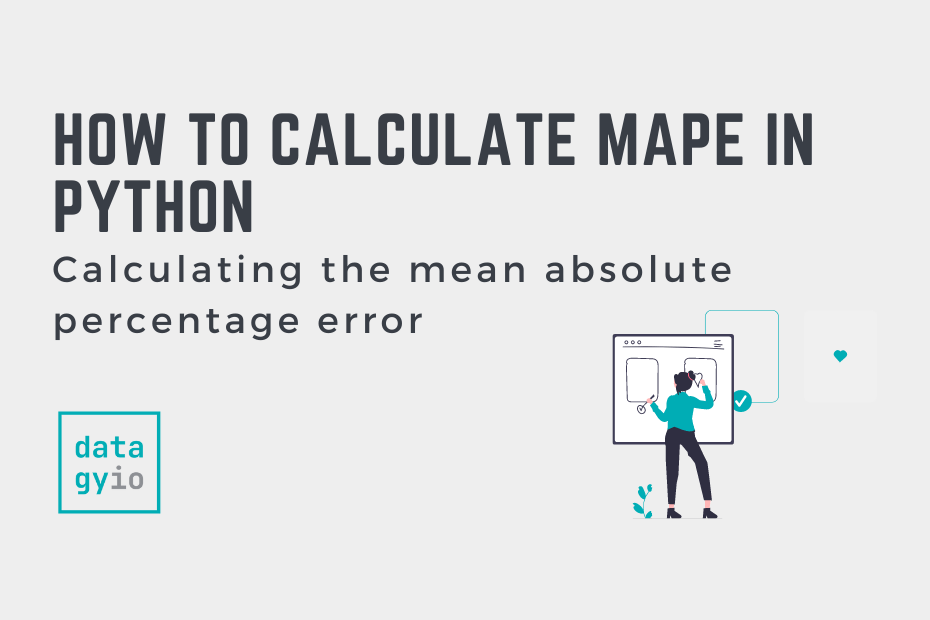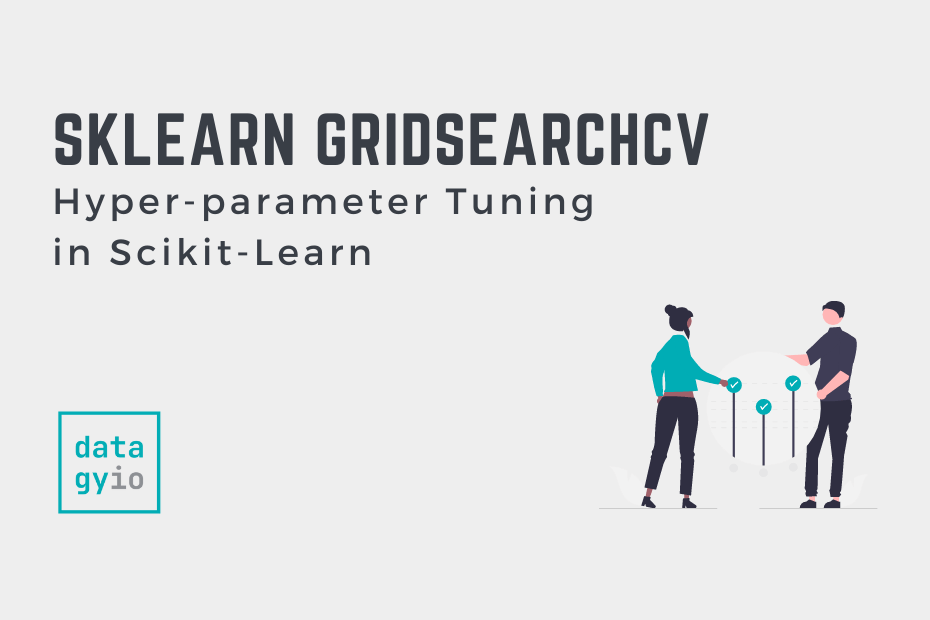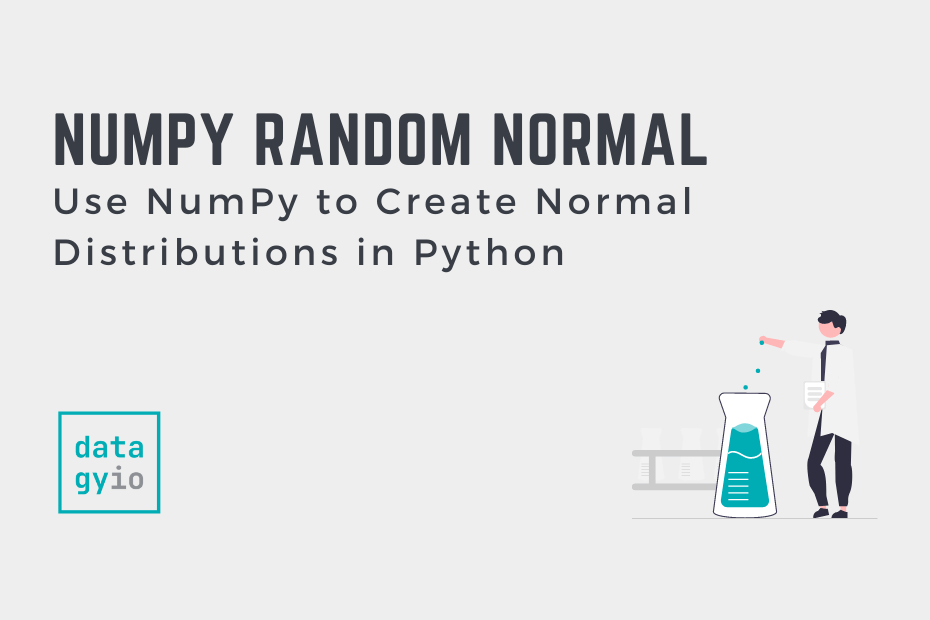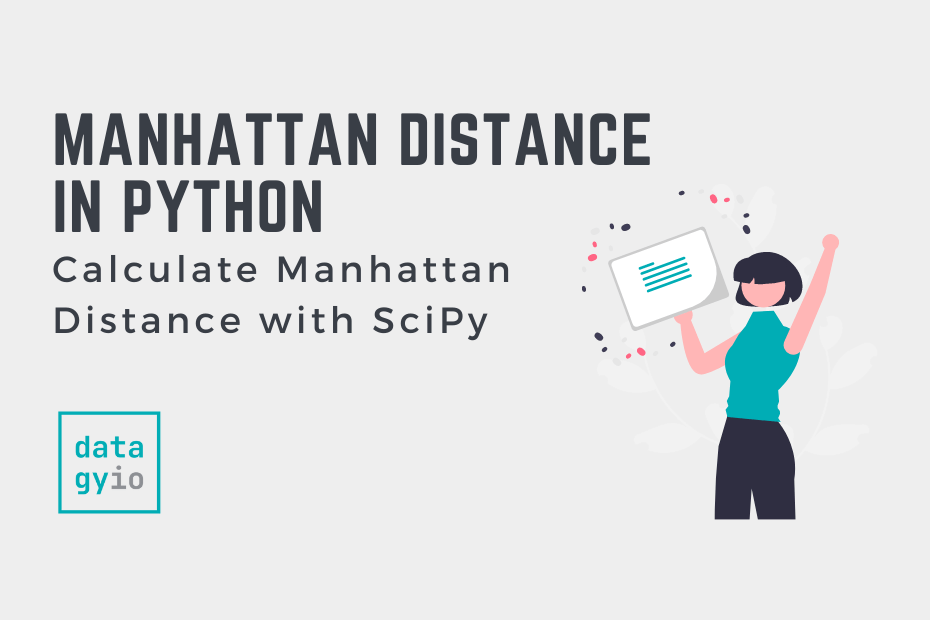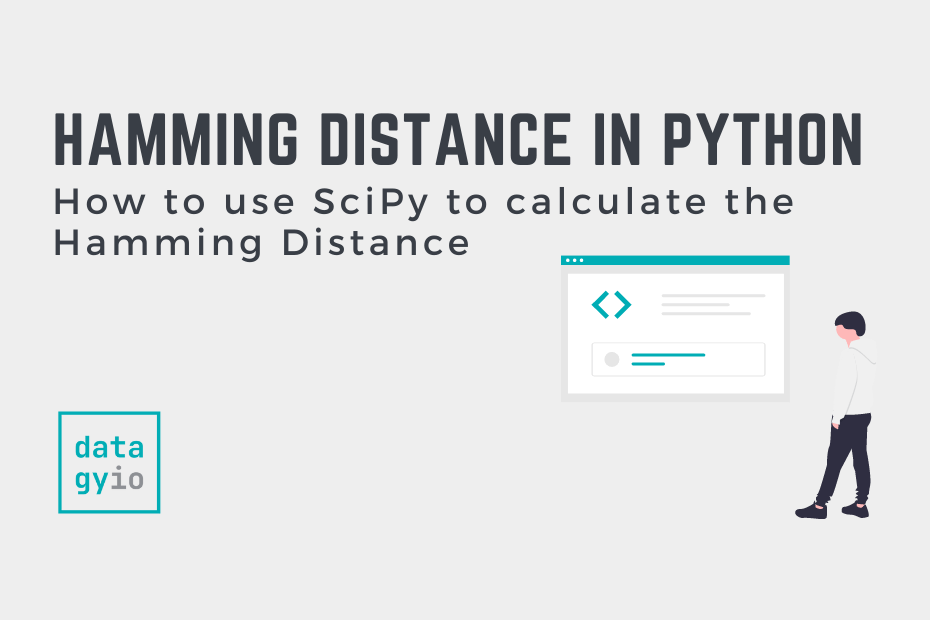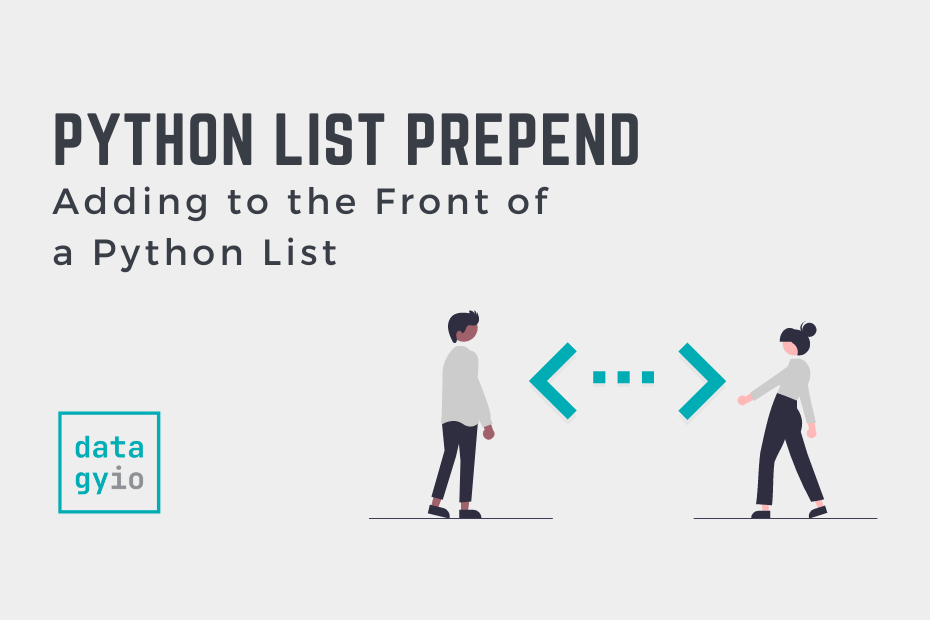One-Hot Encoding in Scikit-Learn with OneHotEncoder
In this tutorial, you’ll learn how to use the OneHotEncoder class in Scikit-Learn to one hot encode your categorical data in sklearn. One-hot encoding is a process by which categorical data (such as nominal data) are converted into numerical features of a dataset. This is often a required preprocessing step since machine learning models require […]
One-Hot Encoding in Scikit-Learn with OneHotEncoder Read More »


